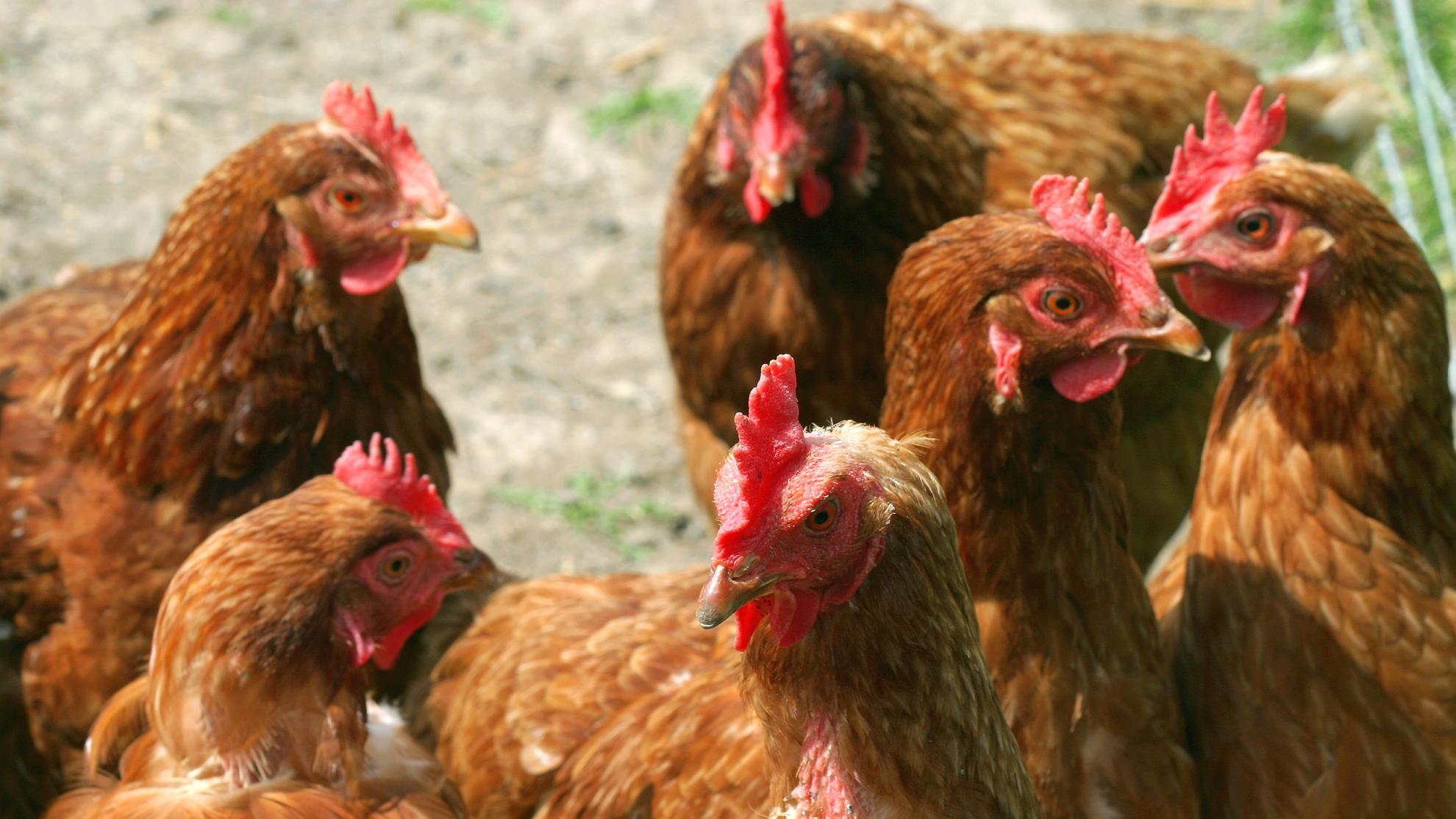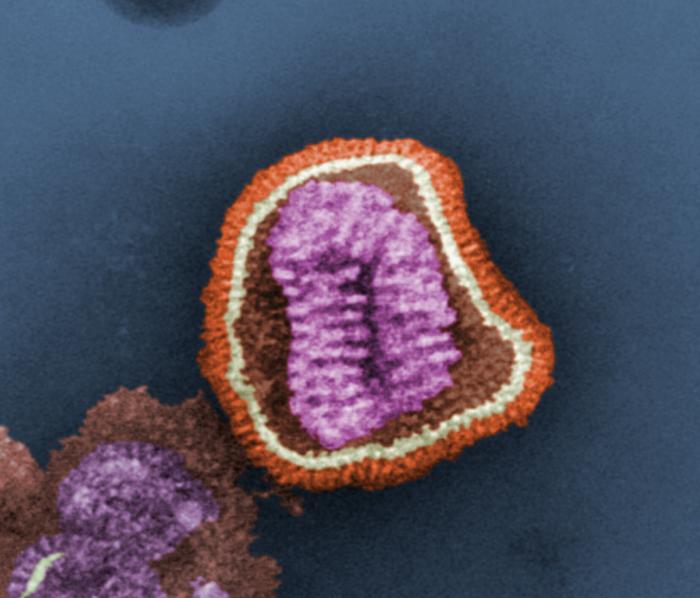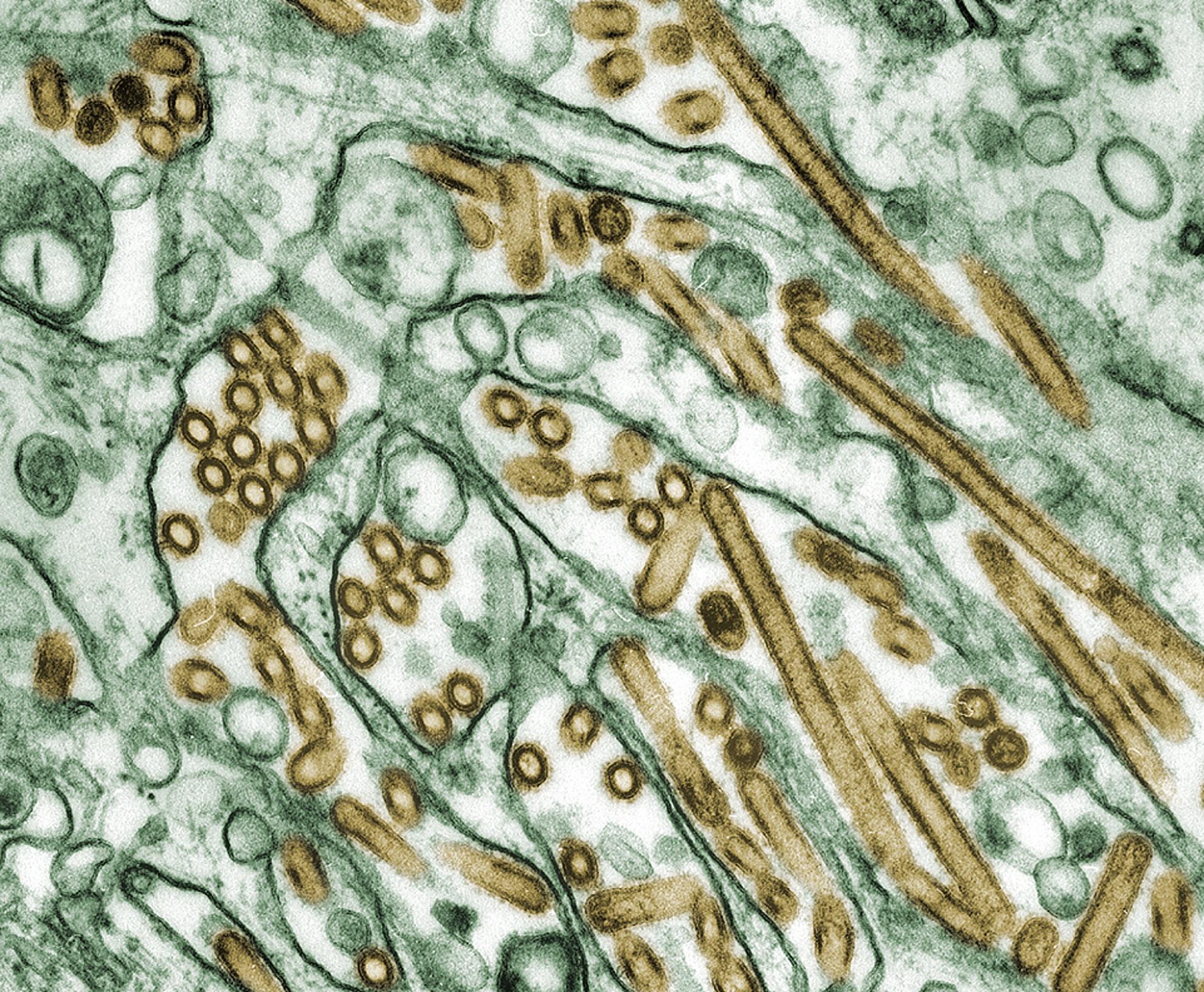Contribution of segment 3 to the acquisition of virulence in contemporary H9N2 avian influenza viruses
H9N2 avian influenza viruses circulate in poultry throughout much of Asia, the Middle East and Africa. These viruses cause huge economic damage to poultry production systems and pose a zoonotic threat both in their own right as well as in the generation of novel zoonotic viruses, for example H7N9. In recent years it has been observed that H9N2 viruses have further adapted to poultry, becoming more highly transmissible and causing higher morbidity and mortality. Here, we investigate the molecular basis for this increased virulence, comparing a virus from the 1990s and a contemporary field strain. The modern virus replicated to higher titres in various systems and this difference mapped to a single amino acid polymorphism at position 26 of the endonuclease domain shared by the PA and PA-X proteins. This change was responsible for the virulent phenotype and extended tissue tropism seen in chickens. Although the PA K26E change correlated with increased host cell shutoff activity of the PA-X protein in vitro, it could not be overridden by frameshift site mutations that block PA-X expression and therefore increased PA-X activity could not explain the differences in replication phenotype. Instead, this indicates these differences are due to subtle effects on PA function. This work gives insight into the ongoing evolution and poultry adaptation of H9N2 and other avian influenza viruses and helps us understand the soaring morbidity and mortality rates in the field, as well as rapidly expanding geographical range seen in these viruses. Avian influenza viruses, such as H9N2, cause huge economic damage to poultry production worldwide and are additionally considered potential pandemic threats. Understanding how these viruses evolve in their natural hosts is key to effective control strategies. In the Middle East and South Asia an older H9N2 virus strain has been replaced by a new reassortant strain with greater fitness. Here we take representative viruses and investigate the genetic basis for this ‘fitness’. A single mutation in the virus was responsible for greater fitness, enabling high growth of the contemporary H9N2 virus in cells, as well as in chickens. The genetic mutation that modulates this change is within the viral PA protein, a part of the virus polymerase gene that contributes in viral replication as well as contribute in the virus accessory functions – however we find that the fitness effect is specifically due to changes in the protein polymerase activity.


